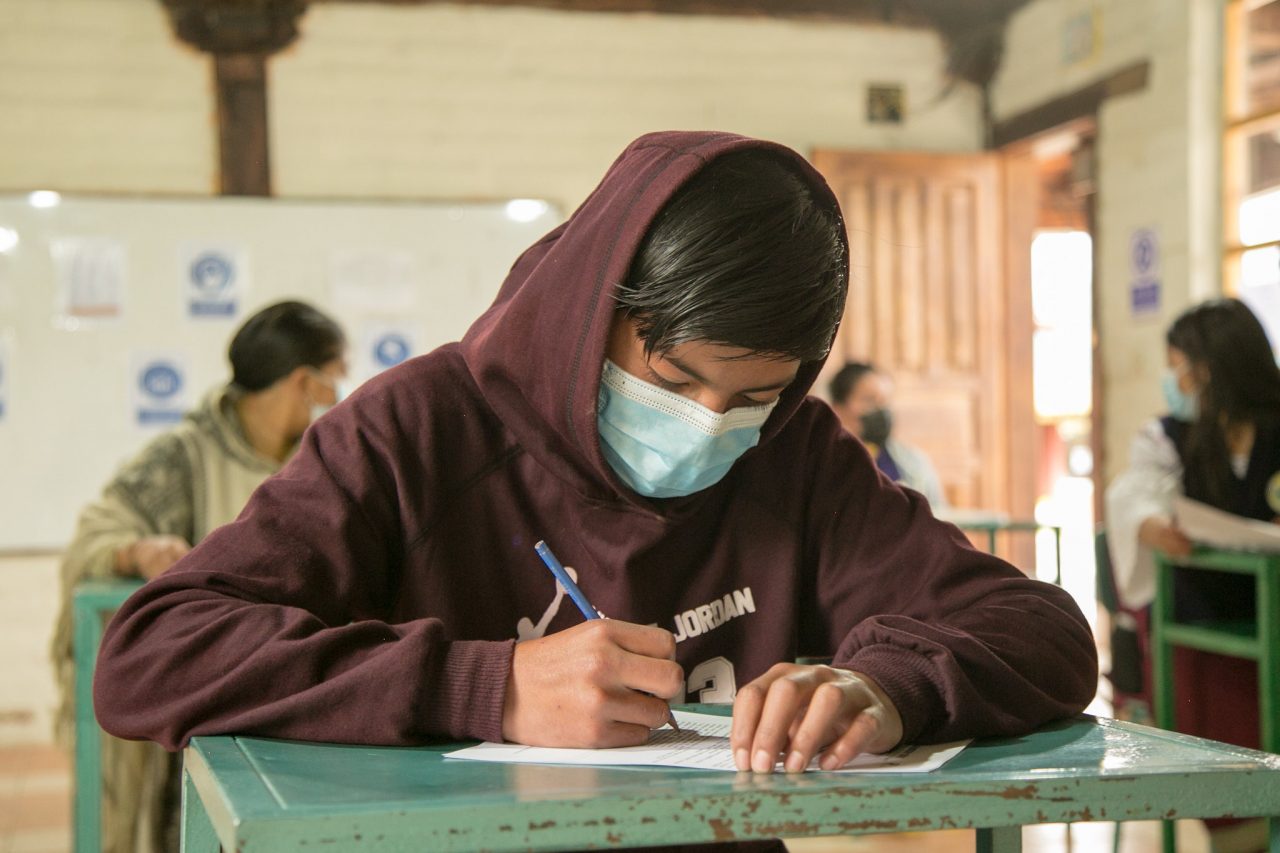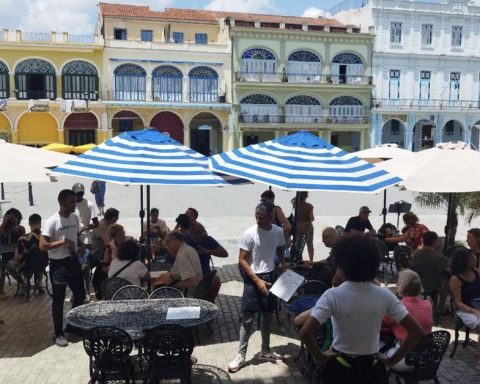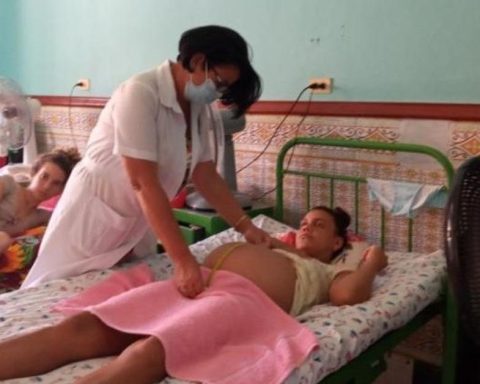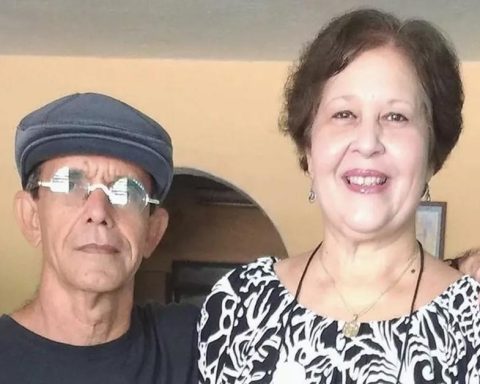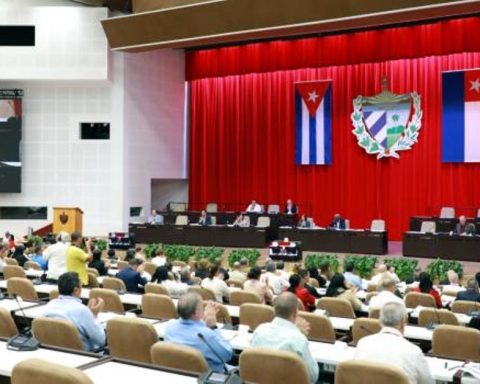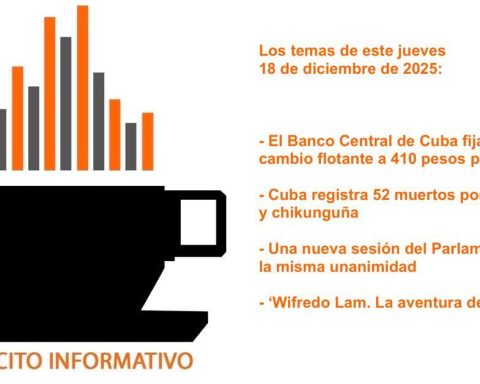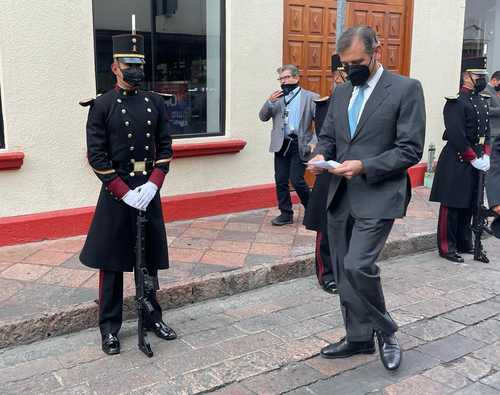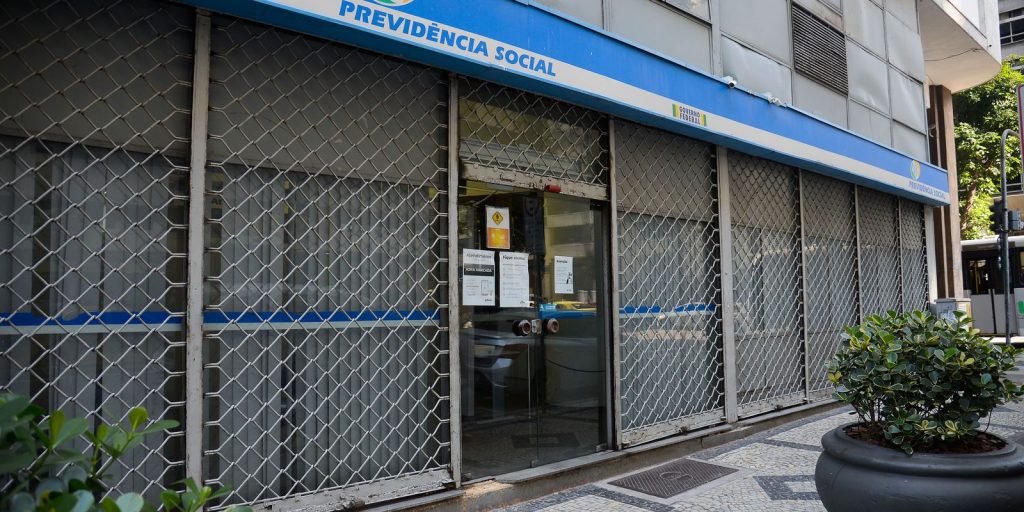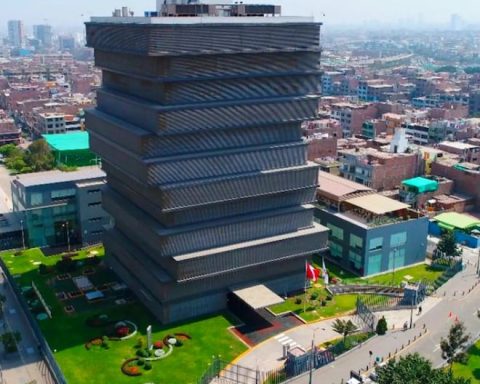Two educational institutions, of which the plans have been approved to return to the classroom, have infrastructure problems and will have to wait for a new date.
Editorial IMBABURA
The return to face-to-face classes will be massive from this February 7, 2022.
According to the Ministry of Education, in the six cantons of the province of Imbaburaat least 50,000 students will return to the classrooms, divided into 245 training institutions that the plans for educational continuity, school permanence and progressive use of the facilities (PICE) have been approved, in the context of the COVID-19 pandemic COVID-19.
provincially, two educational units present problems in their infrastructureso they must wait to receive students in person.
16 campuses with failures
In the zone 1which includes the provinces of Imbabura, Carchi, Esmeraldas and Sucumbiosin total they are 16 campuses with failures and problems in their facilities; while on a national scale they add up to 162from around 16,000 that exist throughout the country.
From the Ministry of Education they affirmed that, since they are schools that due to lack of maintenance or damage caused by rain are not currently in a condition to be used, they will have to implement new contingency plans and more specific, to guarantee the continuity of the students’ education.
Specifically, block three of the Ibarra Educational Unitin the capital of Imbabura, as well as the Cesar Borja Educational Unit, in Pimampiro, they are the only two campuses that will have to present new plans, once the infrastructure problems have been solved.
All rurality to classes
The Minister of Education, María Brown Pérez, explained that, on a national scale, the 77% of establishments have the approved PICE for the return to the classrooms and that only 33% of students attend in person.
He explained that for the beginning of the second semester of the Sierra-Amazon regimewhich will be from February 7, 2022, the obligation to attend in person is for students of high school and upper basic.
Similarly, all those who are enrolled in educational establishments single-teacher, dual-teacher or multi-teacher in the rural sector, from first grade of basic general education, to third grade of high school, They must attend eye classes from today.
Voluntary return to urban schools
For those who are enrolled in elementary and middle school levels, in urban educational institutions, they still have the voluntary possibility of deciding whether assistance is face-to-face or virtual.
Regarding this last option, they explained that the institutions will be able to organize and divide the students by groups and schedules in different days, respecting the maximum capacity.
“When a degree has the 85% or more than students vaccinated with two doses may return to attendance at 100%”, they detailed from the Ministry of Education.
While in the case of students initial education and child development centerswill have a differentiation according to the traffic light in each canton.
“When they are in yellow or green will attend in person and voluntarily respecting a maximum capacity, while, in Red may attend with a maximum capacity of 50% calculated on the available physical capacitywith the alternative of dividing the students into groups and at different times”, they explained.
Parents want them back in the classroom
When asked by THE TIMEfive parents agreed that the return to face-to-face classes is a decision that they consider it benefits them in terms of education.
For Marcela Romero, mother of a third-year high school student, the shortcomings of not attending school they are not only reflected in academic subjectsbut goes further and mentions the lack of social interactionwithout field trips and other activities that complement the educational process.
“They are students who in two years have not had observation tours, they have not worked in laboratories, they have not had face-to-face exams, among other factors that are important not only for school development, but as human beings,” he said.
En las clases presenciales se debe respetar un aforo máximo de 2,25 m2 por persona en todos los grados y cursos.
